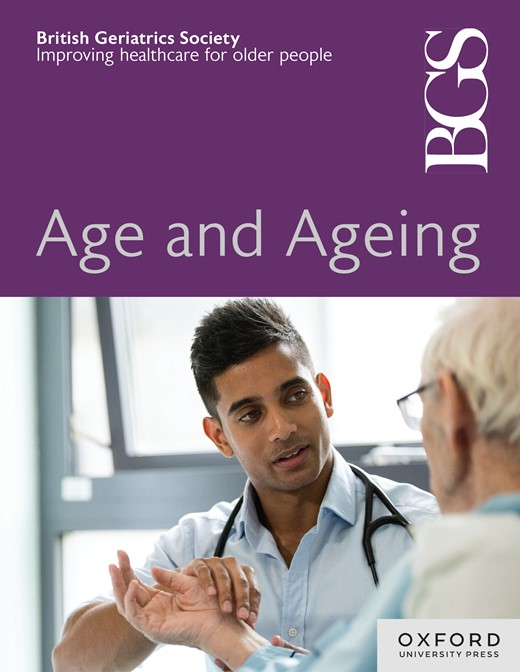Normative data for age-specific skeletal muscle area based on computed tomography in Korean population
IF 7.1
2区 医学
Q1 GERIATRICS & GERONTOLOGY
引用次数: 0
Abstract
Background Sarcopenia, a progressive loss of muscle mass and function, increases health risks in older adults, especially in rapidly ageing populations like Korea. Computed tomography (CT) imaging at the third lumbar vertebra (L3) level is a gold standard for assessing skeletal muscle area (SMA) and indices (SMIs), yet age- and sex-specific reference values are limited. This multicentre study aimed to establish these values for improved sarcopenia diagnosis. Methods We conducted a retrospective study with 2637 healthy Korean adults (1366 men, 1271 women) aged 20 and older, using abdominal CT scans from routine health check-ups at four centres. SMA and SMIs were measured at L3, and T-scores were calculated by comparing participants’ values with a healthy young reference group (ages 20–39). Sarcopenia was classified into Classes I and II using standardised cutoffs. Results An age-related SMA decline was observed in both sexes, with a more significant reduction in men. Sarcopenia prevalence was higher in men based on the SMA index, while SMA/body mass index (BMI) was more sensitive in women. Class I sarcopenia ranged from 10.1% to 21.3% in men and 10.6% to 23.6% in women, with Class II prevalence between 1.0% and 5.5% in men and 1.3% and 8.3% in women. Conclusion This study establishes CT-based reference values for SMA and SMIs, supporting early sarcopenia detection, with the SMA/BMI index proving valuable for both men and women.韩国人口基于计算机断层扫描的年龄特异性骨骼肌面积的规范数据
骨骼肌减少症是一种肌肉质量和功能的进行性丧失,它增加了老年人的健康风险,特别是在韩国等快速老龄化人口中。第三腰椎(L3)水平的计算机断层扫描(CT)成像是评估骨骼肌面积(SMA)和指数(SMIs)的金标准,但年龄和性别特异性参考值有限。这项多中心研究旨在建立这些价值,以改善肌肉减少症的诊断。方法我们对2637名20岁及以上的健康韩国成年人(1366名男性,1271名女性)进行了回顾性研究,使用了四个中心常规健康检查的腹部CT扫描。在L3时测量SMA和smi,并通过将参与者的值与健康的年轻参照组(20-39岁)进行比较来计算t得分。骨骼肌减少症采用标准化截止值分为I类和II类。结果在两性中均观察到与年龄相关的SMA下降,其中男性下降更为显著。根据SMA指数,肌肉减少症的患病率在男性中较高,而SMA/体重指数(BMI)在女性中更为敏感。I类肌肉减少症男性患病率为10.1%至21.3%,女性患病率为10.6%至23.6%,II类男性患病率为1.0%至5.5%,女性患病率为1.3%至8.3%。结论本研究建立了基于ct的SMA和SMIs的参考值,支持早期肌少症的检测,SMA/BMI指数对男性和女性都有价值。
本文章由计算机程序翻译,如有差异,请以英文原文为准。
求助全文
约1分钟内获得全文
求助全文
来源期刊

Age and ageing
医学-老年医学
CiteScore
9.20
自引率
6.00%
发文量
796
审稿时长
4-8 weeks
期刊介绍:
Age and Ageing is an international journal publishing refereed original articles and commissioned reviews on geriatric medicine and gerontology. Its range includes research on ageing and clinical, epidemiological, and psychological aspects of later life.
 求助内容:
求助内容: 应助结果提醒方式:
应助结果提醒方式:


